Polina Ponomareva
Exploring the Role of Electro-Tactile and Kinesthetic Feedback in Telemanipulation Task
Aug 30, 2022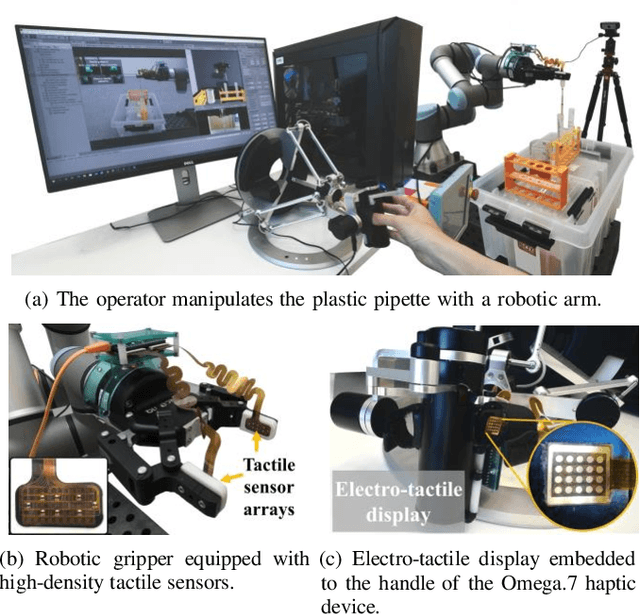
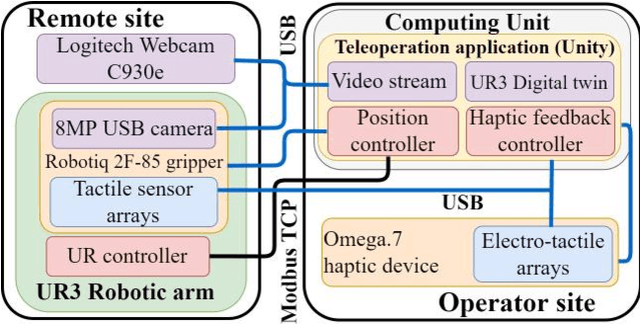
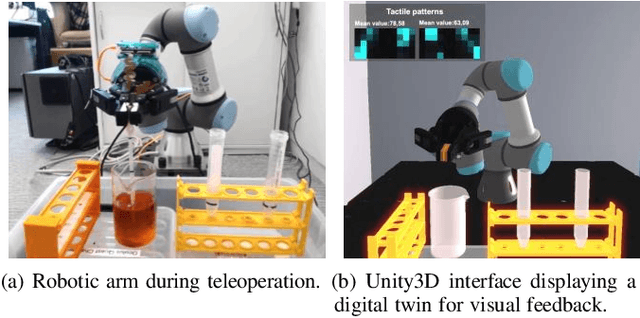
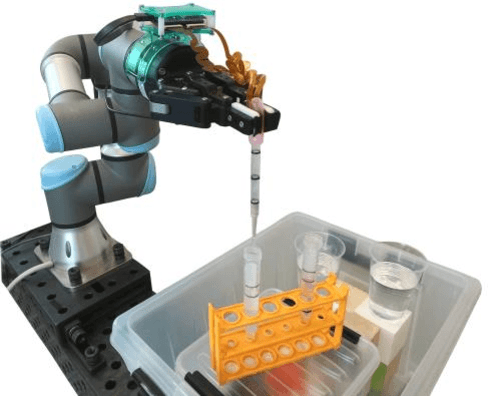
Abstract:Teleoperation of robotic systems for precise and delicate object grasping requires high-fidelity haptic feedback to obtain comprehensive real-time information about the grasp. In such cases, the most common approach is to use kinesthetic feedback. However, a single contact point information is insufficient to detect the dynamically changing shape of soft objects. This paper proposes a novel telemanipulation system that provides kinesthetic and cutaneous stimuli to the user's hand to achieve accurate liquid dispensing by dexterously manipulating the deformable object (i.e., pipette). The experimental results revealed that the proposed approach to provide the user with multimodal haptic feedback considerably improves the quality of dosing with a remote pipette. Compared with pure visual feedback, the relative dosing error decreased by 66\% and task execution time decreased by 18\% when users manipulated the deformable pipette with a multimodal haptic interface in combination with visual feedback. The proposed technology can be potentially implemented in delicate dosing procedures during the antibody tests for COVID-19, chemical experiments, operation with organic materials, and telesurgery.
GraspLook: a VR-based Telemanipulation System with R-CNN-driven Augmentation of Virtual Environment
Oct 24, 2021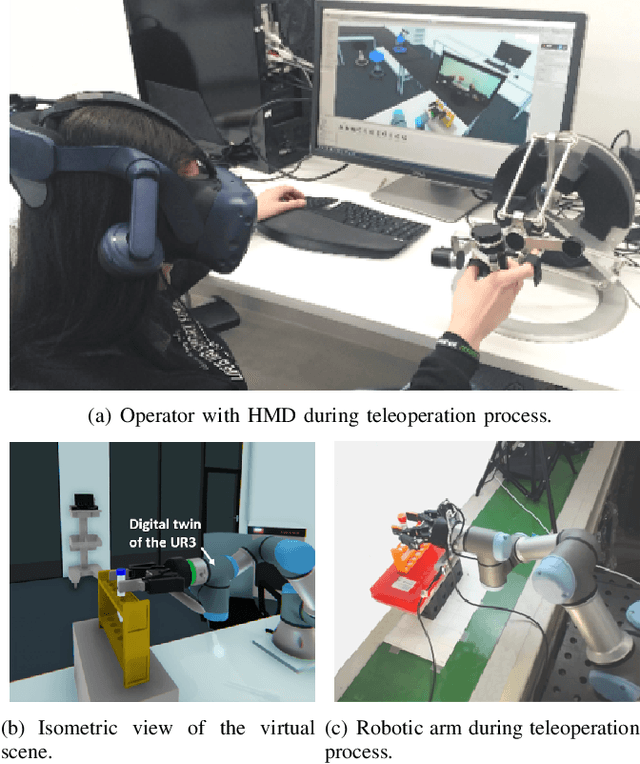
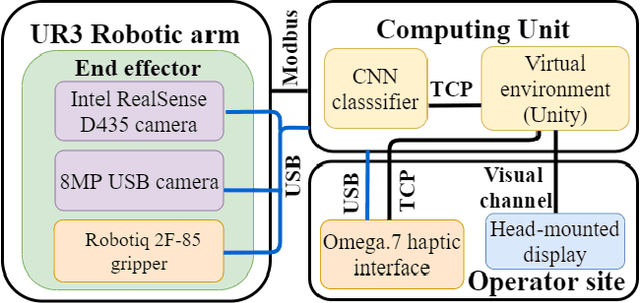
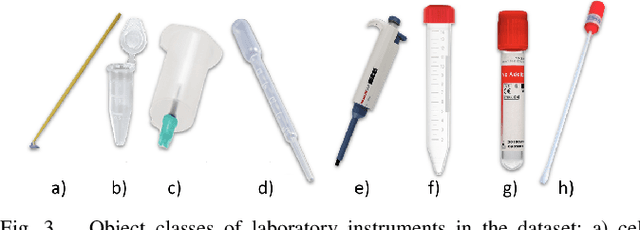
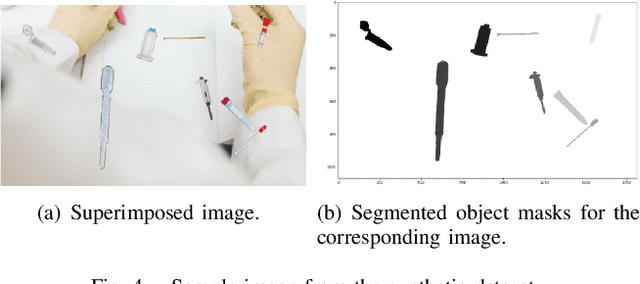
Abstract:The teleoperation of robotic systems in medical applications requires stable and convenient visual feedback for the operator. The most accessible approach to delivering visual information from the remote area is using cameras to transmit a video stream from the environment. However, such systems are sensitive to the camera resolution, limited viewpoints, and cluttered environment bringing additional mental demands to the human operator. The paper proposes a novel system of teleoperation based on an augmented virtual environment (VE). The region-based convolutional neural network (R-CNN) is applied to detect the laboratory instrument and estimate its position in the remote environment to display further its digital twin in the VE, which is necessary for dexterous telemanipulation. The experimental results revealed that the developed system allows users to operate the robot smoother, which leads to a decrease in task execution time when manipulating test tubes. In addition, the participants evaluated the developed system as less mentally demanding (by 11%) and requiring less effort (by 16%) to accomplish the task than the camera-based teleoperation approach and highly assessed their performance in the augmented VE. The proposed technology can be potentially applied for conducting laboratory tests in remote areas when operating with infectious and poisonous reagents.
 Add to Chrome
Add to Chrome Add to Firefox
Add to Firefox Add to Edge
Add to Edge